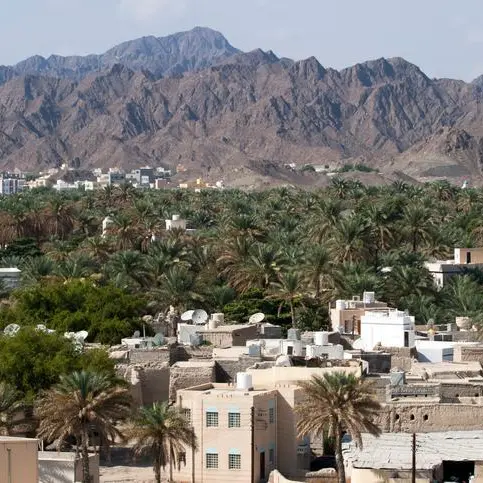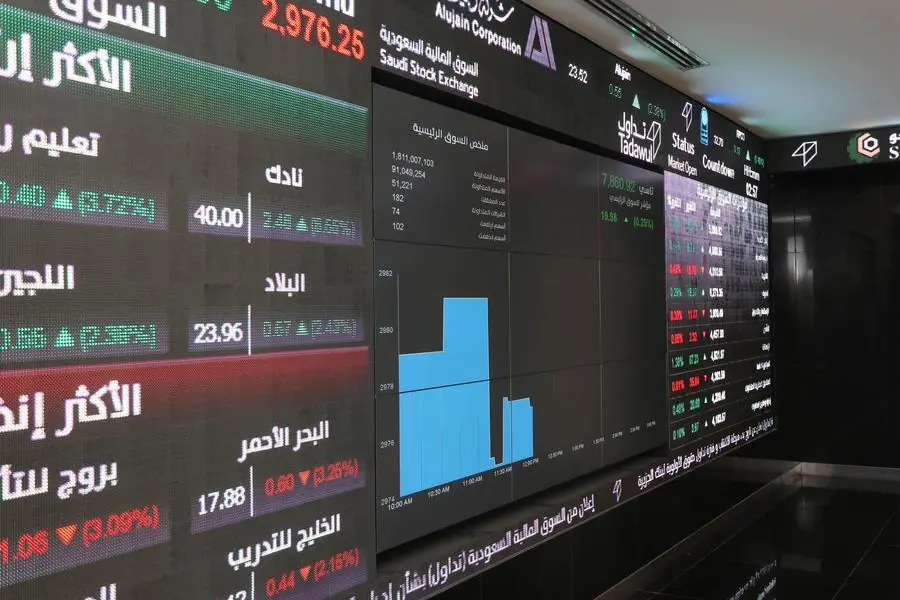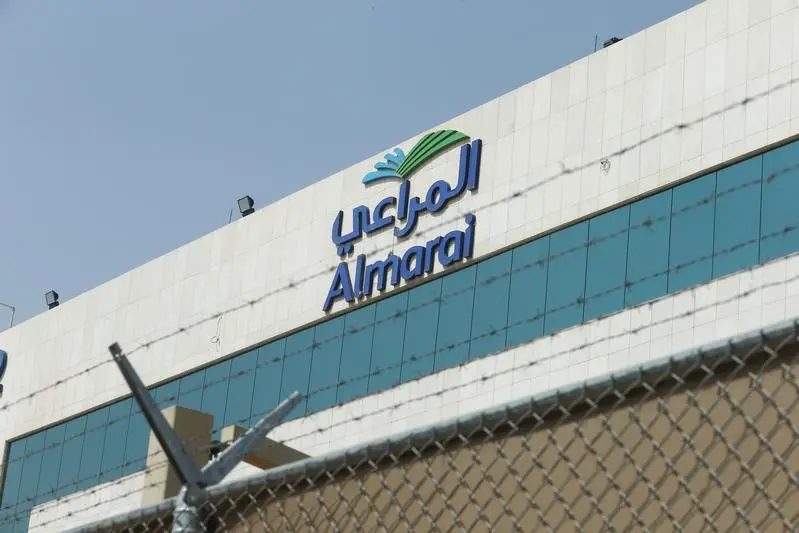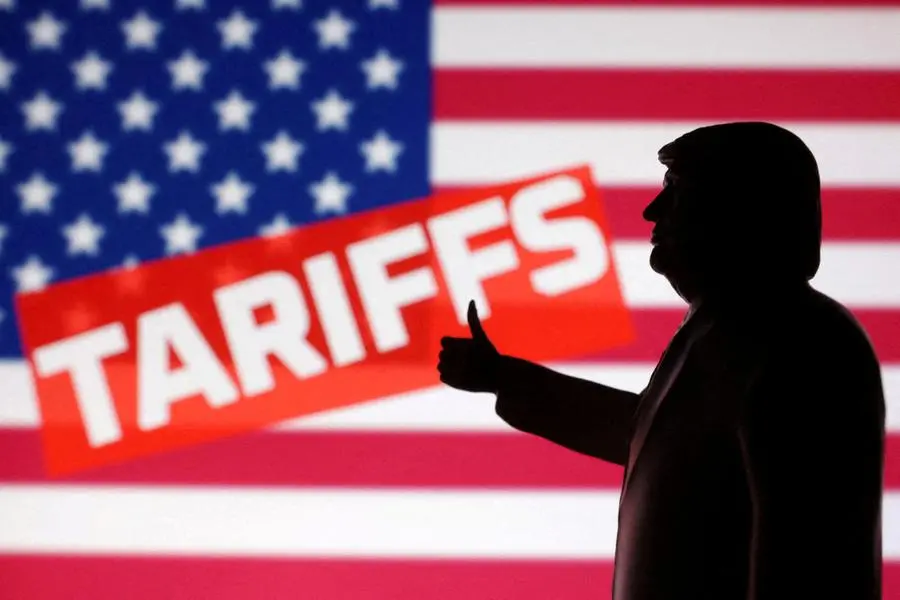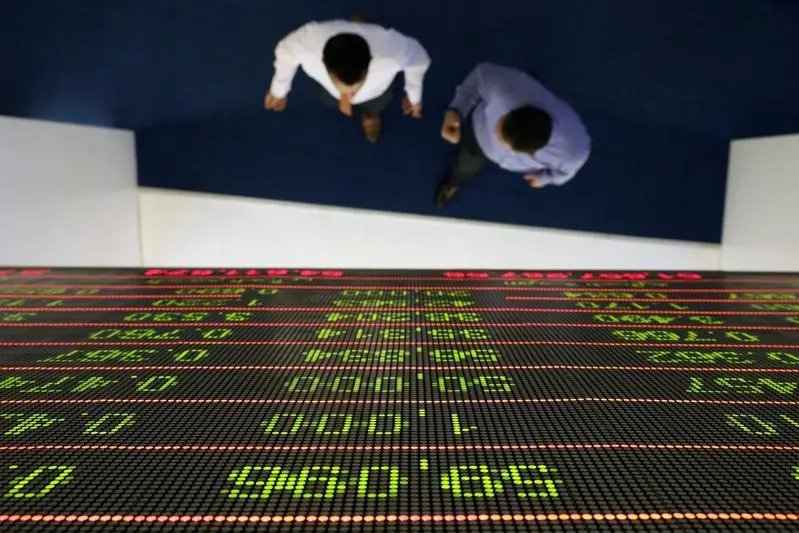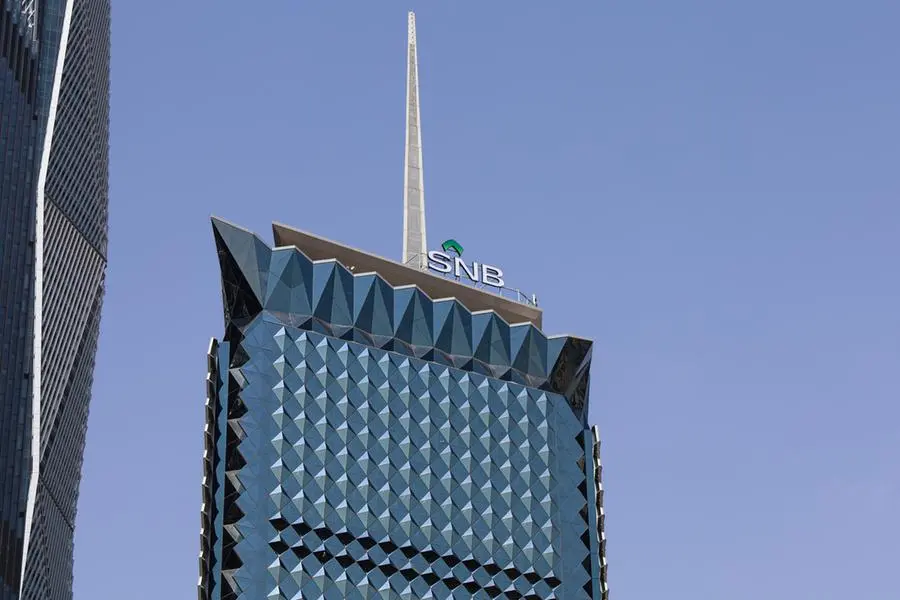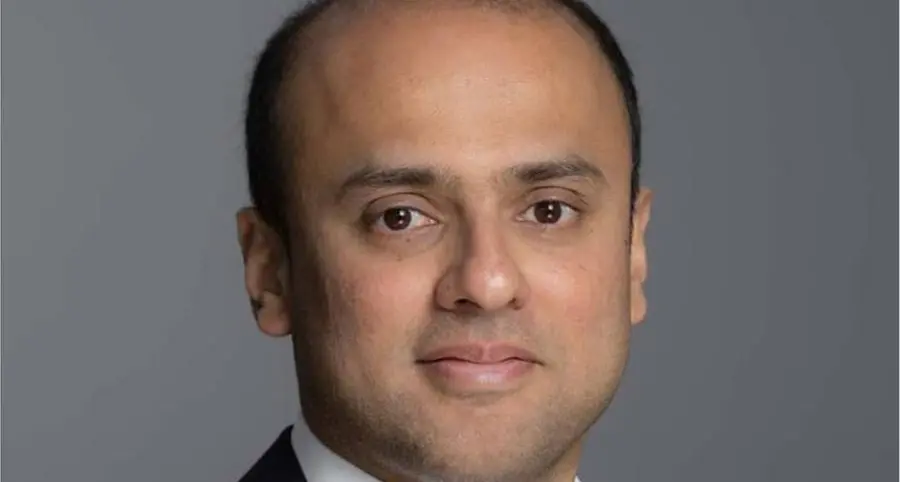More than 70 mutual funds were launched in the MENA region in 2012, raising total assets under management to USD 60 billion, according to Zawya's MENA mutual funds quarterly bulletin for 4Q-2012. This constitutes a 20% increase from the 58 funds launched in 2011 but a 7% decrease from 2011's AUM.
The majority of these funds invested their assets in fixed income instruments as investors are shifting towards safe-haven investments to hedge against market volatility. This rising demand led to an increased supply of bonds and sukuk instruments. According to data compiled by Zawya Bonds and Sukuk monitors, MENA issuance increased from last year by 7% in bonds and 18% in sukuk.
Yet, equity funds continue to dominate the MENA fund market with 22 launches in 2012, and a considerable market share of 40% of the total number of MENA funds.
Source: Zawya Funds Monitor
The bulletin reveals that Saudi Arabia and Morocco remain the largest fund domiciles holding almost 63% of the region's total AUM. In terms of geographic focus, the two countries attract 56% of funds managed by MENA asset management companies.
Emerging Trend
2012 witnessed a new trend of growing interest in emerging markets. As investors seek to diversify their portfolio, they are tapping new territories to focus on. Qatar National Bank launched in February 2012 its BRICQ Fund aiming to capture the long term economic growth in the countries of Brazil, Russia, India, China and Qatar.
In November, Saudi Fransi Capital launched the Saudi Fransi Emerging Markets Debt Fund investing in equities. Also from Saudi Arabia, Al Jazira Capital followed the pattern and introduced AlJazira Global Emerging Markets Fund.
According to the bulletin, the MENA mutual fund industry has experienced some growth in the last quarter of 2012, as it recorded an overall quarterly inflow of USD 382 million compared to an outflow of USD 177 million between 2Q-2012 and 3Q-2012.
Recording the largest fund inflow of USD 993 million in 4Q-2012, Morocco has offset the outflow of USD 925 million made in 3Q-2012. Similarly, the UAE has compensated for the third quarter's outflow and topped it with an additional USD 5 million. Qatar however is still on the redemptions side but was able to decrease its outflows by a significant amount.
On the other hand, massive redemptions occurred in Saudi Arabia, Tunisia and the GCC with the largest outflow taking place in Saudi Arabia amounting to USD 613 million as opposed to an inflow of USD 222 million in the previous quarter. Tunisia as well showed a similar drop from an outflow of USD 38 million in Q3 to an outflow of USD 176 million in Q4. And the GCC funds flow varied from a positive USD 180 million to a negative USD 37 million.
Source: Zawya Funds Monitor
In terms of asset classes, fund flows did not differ significantly from last quarter's. Nevertheless, Islamic and conventional money market funds interchanged pole positions, with Islamic money market category recording the highest outflow in 4Q-2012 (USD367m) while conventional money market funds achieved the largest inflow (USD1,094m).
The MENA mutual funds quarterly bulletin also announces the top performers of 2012's last quarter. In the conventional equity sector, Japan Stock Fund outperformed its peers and achieved a quarterly return of 13.67%, compared to the average market return of -1.12%. In the Islamic equity segment, Markaz Islamic Fund ranked first as it realized a quarterly return of 5.94%. The fixed income sectors were headed by Mashreq Capital's two income funds. Egypt marked its presence in the list of top performing funds with its conventional Credit Agricole III money market fund. And finally, Al Dar Islamic Money Market fund returned 2.21% while the market average was at 0.29%.
Regulation Update
On a regulatory note, 2012 carried some developments whose consequences will materialize in 2013.
In the UAE, the Securities and Commodities Authority introduced regulations aiming at governing local investment funds and promoting foreign funds. From the kingdom of Saudi Arabia, the law of opening the markets to foreign investors is expected to finally see the light in the coming year.
With regards to indices, Thomson Reuters has announced the launch of its Global Sukuk Index. Also, QE Al Rayan Islamic index was introduced to the market. Continuing with Shariah-compliant finance, and following the release of Islamic Banking Regulatory Framework in Oman, Vision Investment Services launched the first Islamic mutual fund in the sultanate.
Dubai revealed its drive to become an Islamic finance hub. According to the bulletin, Islamic funds constitute, as of December 2012, 34% of AUM and 20% in total number of MENA funds. However, with all these Islamic initiatives in the region, should we expect a rise in the number of Islamic funds domiciled in Qatar, Oman and the UAE?
For further details, please refer to the MENA Mutual Funds Quarterly Bulletin (Q4-2012).
Nancy Mitri is Zawya's funds analyst and can be contacted at nancym@zawya.com.
© Zawya 2013




